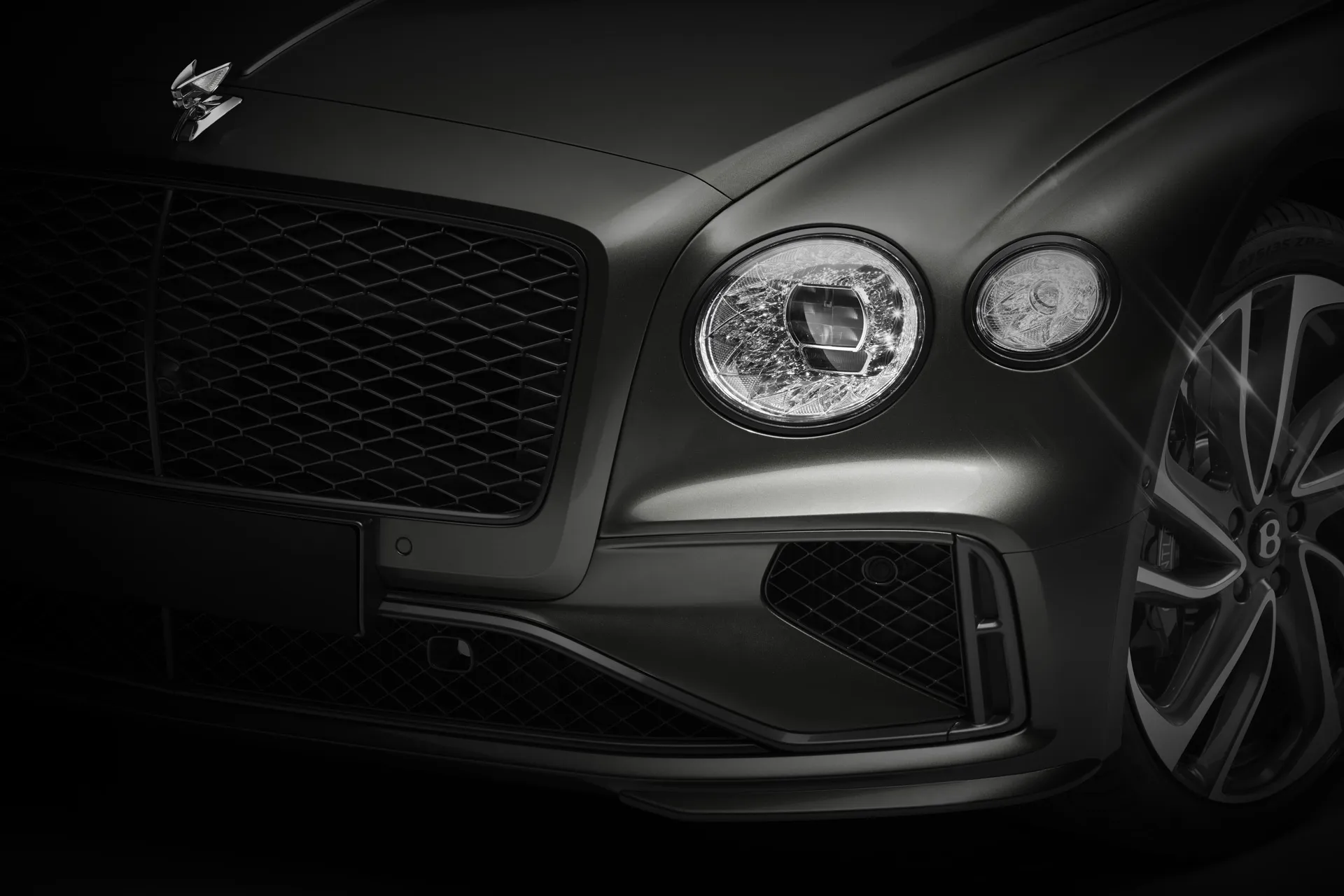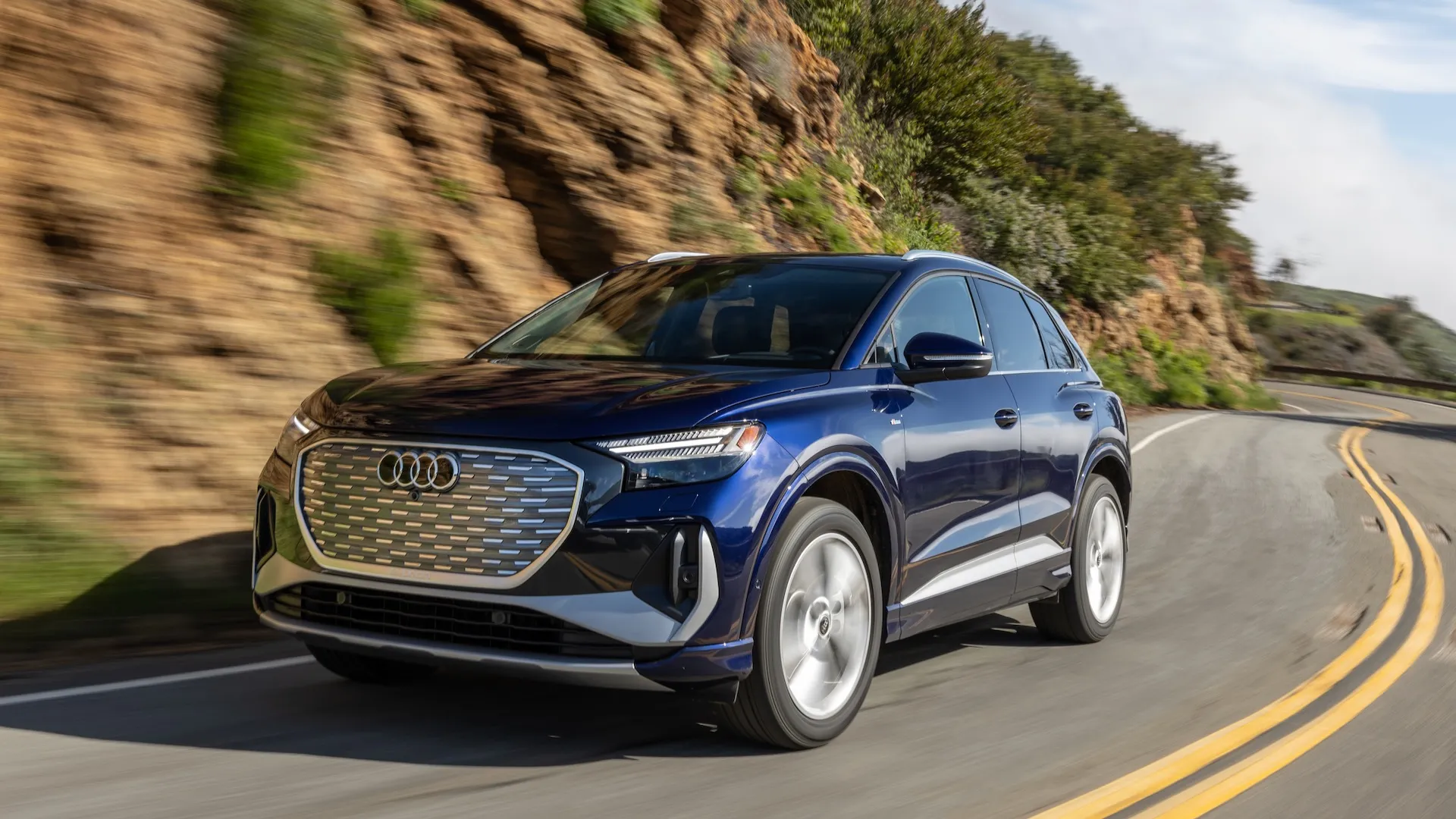
Sweating gallons of water while shooting nonstop for 20 hours straight, all to the soundtrack of Hi-NRG techno and brutal pops ‘n’ bangs maps is enough to make anyone feel a bit weird. But despite those most excellent exhaustions, the weirdest thing about my first trip to Malaysia earlier this month was the cars.
Not weird, as in running 19-inch wheels on an Impreza WRX, or doing a wing-delete on a Skyline GT-R. I mean weird in a Bizarro World alternate universe kind of way. Welcome to the wacky world of Proton.
I’m not ashamed to admit it, but it took me a few tries to figure out what was happening. After asking “Is that a Civic?” or “Is that an Evo?” a few times, I started to be able to tell the difference between Proton models and their Japanese doppelgangers.


For those unfamiliar, Proton is Malaysia’s national car manufacturer, set up by the Malaysian government in 1983 in partnership with Mitsubishi Motors Corporation. Today, Proton holds almost 20% of the market share of new car sales in Malaysia. These Malaysian-made cars are affordable, look pretty good, and seem well-made, too. Reviews online tend to confirm this.
The design language is a mix of European robustness and Japanese silhouettes. The interiors seem more European than Japanese, like if you asked someone at Toyota to design a Mercedes-Benz.

Proton’s presence at Retro Havoc 2024 and out on the streets and in the parking lots of Kuala Lumpur was impressive. When it comes to modifying, a few Proton models stood out from the grocery-getters.



First up, the Proton Satria, which in first-generation form (1996 to 2006) was based on the Mitsubishi Mirage and available with various four-cylinder engines, the largest being Mitsubishi’s 1.8L DOHC 16-valve 4G93 in the GTi version. The GTi’s sports intent is obvious with its factory flares and lip kit, but also under the skin where Lotus was called upon to fine-tune the handling. Interestingly, these cars were not only sold in Malaysia, but the United Kingdom and Australia too.
Naturally, with a shared Mitsubishi chassis, people often swap in the 2.0L DOHC 16-valve turbo 4G63T, which was most commonly found in Lancer Evolutions.



Another favourite is the Wira, which translates to ‘hero’ in Malay. Does it look familiar? It should, as it’s based on the fourth-generation Mitsubishi Lancer.
This one has an Evo III rear-end transplant – major cosmetic surgery – plus other CE9A exterior parts. The swapped 4G63T has been built up to 2.2L with Tomei forged piston and Manley forged connecting rods, plus Brian Crower 272-degree cams and valve gear, and a custom billet intake. The real power-making aspect is the turbo system, which features a GTX3076R turbo on a custom manifold, a Precision Turbo wastegate, and a Trust GT-R intercooler.




The real oddity and star of the Proton show is the Putra, AKA the Evo coupe when given the Lancer Evolution exterior and engine treatment. There was of course a Lancer coupe sold outside of Japan, which the Putra shares its chassis with. These came stock with the Lancer 1.8L 4G93 engine.

The amount of work put into these cars is commendable. However, Malaysia’s strict laws prohibit vehicles from being converted to all-wheel drive, which limits how far they can be pushed.
The Satria, Wira and Putra are the top three tuner cars wearing the Proton badge, but one more model stole my heart. For that, you’ll have to wait for the final chapter of this Saga…
Credit : Source Post
























